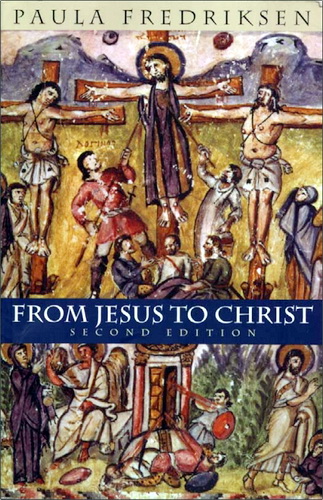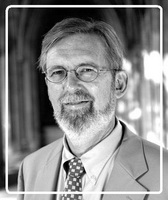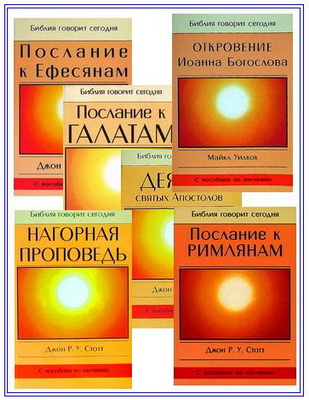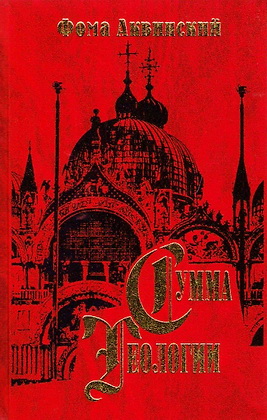
Frederiksen - From Jesus to Christ

In the beginning was the spoken Word. Jesus of Nazareth announced the coming Kingdom of God; but he did not write of it. Nor, apparently, did the immediate circle of disciples who followed him from the Galilee to Jerusalem and after his death proclaimed the good news. Paul the Apostle, some twenty years later, preached the Gospel "from Jerusalem as far round as Illyricum"; but when he wrote to his communities, he spoke less of the Kingdom than of its divine emissary: the Risen Christ, not the human Jesus. By the end of the first century, Christian communities preserved the memory of this message in their various interpretations of its first messenger. The Gospel had become the gospels. These traditions from and about Jesus continued to be fluid even once they attained written form. Different writers felt free to rearrange and alter the information they inherited—a simple comparison of the first three canonical gospels reveals this—because they did not see themselves as writing scripture.
Justin Martyr, a church father of the mid-second century, referred to the gospels as "memoires" (Dialogue with Trypho 105): for him, as for almost all early Christians, scripture was the Greek translation of the Jewish Bible known as the Septuagint. Only eventually did the church come to see its own literary products as scripture—as New Testament, completing and superseding the Old—and by that time, he documentary unity created by the canon actually preserved a diversity of traditions. These New Testament documents declare the good news of Christ's coming, the Christs who were the focus of the faith, hopes, and commitments of the communities that produced and, later, collected them. They convey a rich variety of theological images of Christ, mingled in different ways with historical information about Jesus. Our question to them in this study is twofold. First, what are these different images? And, second, how can we account historically for their development and their diversity, especially when we have no independent access to our logical starting point, the Jesus of history?
I propose to approach these questions by placing the various canonical images of Jesus within their historical context, the religious world of first- and second-century Mediterranean civilization. The Christian communities, the living matrix of our documents, themselves expressed the interaction of two contemporary cultures, Hellenism and Judaism.
Both of these cultures, each in its own way, affirmed certain common religious principles: that absolute divinity was absolutely good; that it stood in some relation, whether distant or direct, to the world; and that man's experience of the world, once properly understood, affirmed divine goodness. Both, therefore, had to confront the challenge to these principles posed by the problem of evil. The defining characteristics of each—the philosophical culture and evolved metaphysics of Hellenism; the strong sense of history, community, and revelation in Judaism—are thus implicit theodicies, strategies for affirming divine goodness in the face of the challenge of evil. By considering these two cultures from this perspective, we should be better able to perceive the creative tensions that underlie and inform the canonical images of Jesus. These, too, are motivated by theodicy. They invest with positive—indeed, redemptive—significance two otherwise discomfiting facts: the delay of God's Kingdom, and the crucifixion of his messiah.
To approach our twofold question, we shall read the New Testament texts in three cycles: descriptive, historical, and explanatory. Part I, the descriptive cycle, portrays the canonical images of Jesus against their Hellenistic background. After a brief methodological introduction (chapter i), I shall present a broad overview of the religious world of late Hellenism (chapter 2,). Here we shall trace the historical circumstances that contributed to Hellenistic views of God, man, and the universe and explore the ways that people within this cultural tradition conceived and attempted to resolve the problem of evil. Here
too we shall consider the first great synthesis of Hellenism and the biblical heritage, Hellenistic Judaism.
Paula Frederiksen - From Jesus to Christ
2 ed.
Yale University Press, New Haven and London, 2000 - 228 p.,
ISBN 0-300-08457-9
Paula Frederiksen - From Jesus to Christ - Contents
Contents
Preface
Introduction
Introduction to the Second Edition
PART I THE WORLD OF THE NEW TESTAMENT
1. The Nature of the Documents
2. The Legacy of Alexander
- Hellenistic Paganism
- Hellenistic Judaism
3. Images of Jesus in the Gospels and Paul
- John: The Stranger from Heaven
- Luke/Acts: The Messiah of the Gentiles
- Matthew: The Christ of the Scriptures
- Mark: The Secret Messiah
- Paul: The Christ of the Parousia
4. Hellenism and Christianity
PART II THE WORLD OF JUDAISM,
5. The Idea of Israel
- The Biblical View of the Past
- The Expectation of Redemption: Restoration Theology
- Palestinian Judaism in the Time of Jesus
6. Toward a Historical Image of Jesus
- The First Reading
- The Second Reading
7. Jesus of Nazareth
PART III THE CHRISTS OF THE CHURCHES,
8. Responses to the Resurrection
- The Kerygma of the Early Mission
- Jewish Persecutions of the Early Mission
- The Apostle to the Gentiles
9. Between the Resurrection and the Parousia
- Mark: The End of the Age and the Birth of the Past
- The Later Synoptic Gospels: Establishing the Present
- John: The Eternal Word
10. Jesus of Nazareth in Christian Tradition




Комментарии
Пока нет комментариев. Будьте первым!